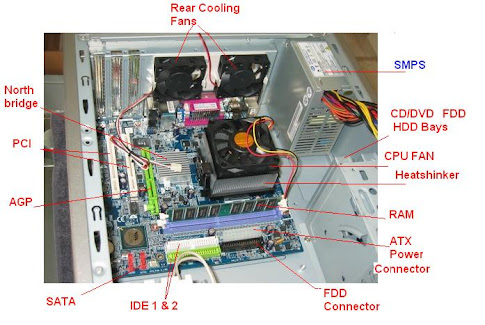OPERATING SYSTEM PURPOSE
AROS ------------- replacement for Amiga OS
BeOS ------------- Mac/Pentium/Alpha OS
CHORUS ----------- for communication devices
Coherent UNIX ---- UNIX variant
CP/M ------------- precursor to DOS comp.os.cpm
CTOS ------------- networking OS
DR-DOS v6.0 ------ DOS from Novell
FreeBSD ---------- free UNIX variant
GEOS OS ---------- from GeoWorks
GNU -------------- free UNIX variant
Grasshopper OS --- for persistent systems
Helios ----------- real-time embedded OS
HP/UX 10.x ------- a Unix variant from HP
IBM OS/2 v4.x ---- commercial GUI OS
Linux ------------ free UNIX variant
LynxOS ----------- real-time OS
Mach 4.x --------- small multi-processor OS
Macintosh OS8 ---- OS for Macintosh systems
MaxMinix --------- Minix variant for Mac
Magic Cap -------- communication-based OS
Minix small ------ free UNIX variant
MkLinux ---------- Mach-based Linux
MS-DOS v6--------- commercial DOS
Multics ---------- time-sharing OS
NetBSD 1.2 ------- free UNIV variant
Netware v4.x ----- networking OS
NeXTStep --------- networking OS
Novell-DOS v7.0--- DOS version
OSF/1 DEC OS ----- for Alpha
PC-DOS v7.0 ------ DOS version from IBM
Rhapsody --------- Macintosh OS
SCO Unix --------- a UNIX variant from SCO
Solaris 2.5 ------ a UNIX variant from Sun
Unix ------------- the classic workstation OS
UnixWare --------- a UNIX variant from SCO
VMS (OpenVMS)----- the classic mainframe OS
Windows 95 ------- commercial GUI PS OS
Windows 98 ------- commercial GUI PC OS
Windows 2000 ----- commercial networking
Windows 2003 ----- commercial networking
Windows ME ------- commercial GUI PC OS
Windows XP ------- commercial GUI PC OS
Windows Vista ---- commercial GUI PC OS
Windows 7 -------- commercial GUI PC OS
Windows CE ------- version for hand-held PCs
Windows NT v4.0 -- commercial networking
X Window System -- a UNIX variant
Xinu ------------ multi-tasking OS
 List of USB devices that you can buy today includes:
List of USB devices that you can buy today includes:














